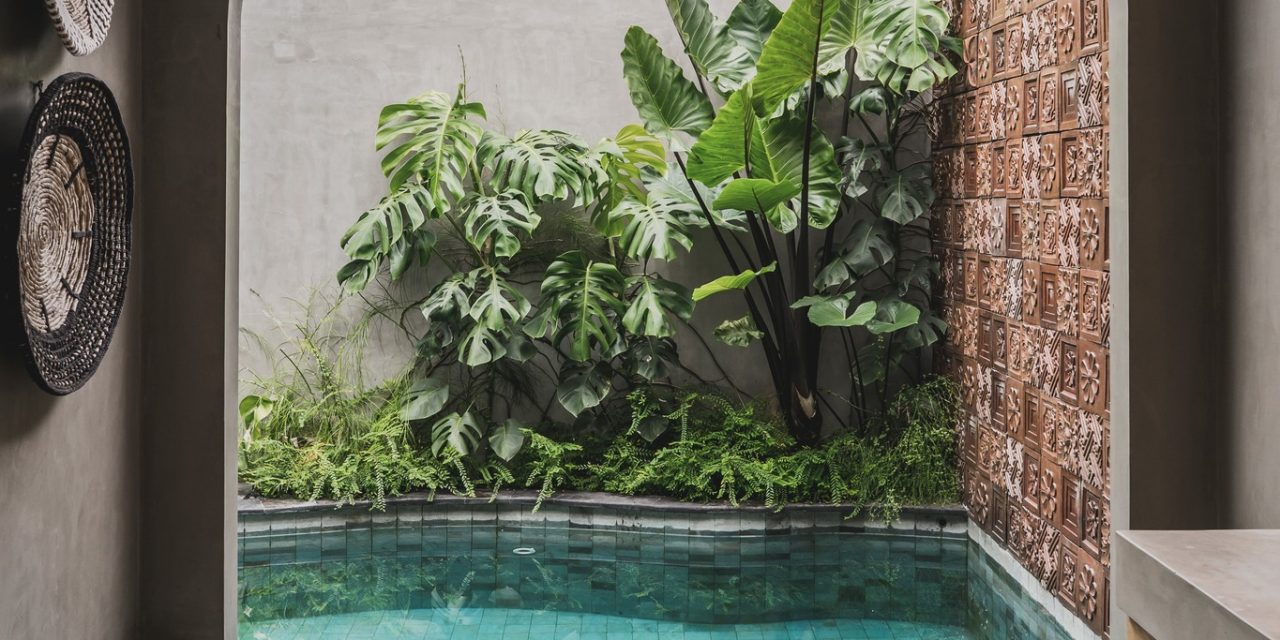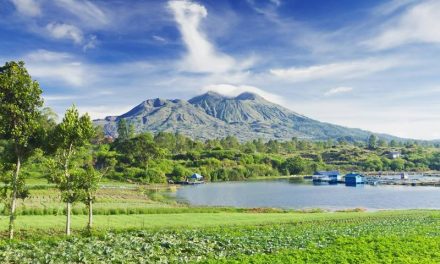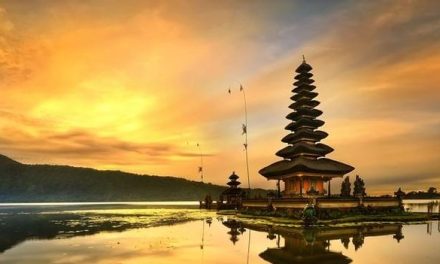Ah, Bali! The mere mention of this Indonesian paradise conjures images of lush rice terraces, vibrant green landscapes, and the gentle rustling of rice stalks swaying in the warm breeze. As someone who has wandered through the iconic rice fields of Bali, I can tell you that timing your visit can make all the difference when it comes to fully immersing yourself in this breathtaking experience. Let’s dive into the best times to visit Bali for rice field tours, sprinkled with personal anecdotes and practical advice to help you plan your adventure.
Understanding Bali’s Climate
Before we dive into the best time, let’s talk about Bali’s climate. Bali enjoys a tropical climate with two main seasons: the dry season from April to September and the rainy season from October to March. Each season brings its own unique charm and atmosphere, so the best time to visit Bali for rice field tours really depends on what you want to experience.
The Dry Season: April to September
In my experience, the dry season is, without a doubt, the best time for rice field tours. The sun shines brightly, the weather is pleasantly warm, and the picturesque landscapes are simply breathtaking. I remember wandering through the Tegalalang Rice Terrace during this time, where the vibrant green paddies glistened under the clear blue sky.
Why Visit in Dry Season?
1. Stunning Views: The dry weather means clearer skies and better visibility for those Instagram-worthy shots of the terraces.
2. Harvest Season: Depending on when you visit within the dry season, you might catch a glimpse of the harvest. In Bali, this typically happens between May and August, which means you can see farmers gathered in the fields, hand-harvesting rice. It’s a sight that you won’t forget!
3. Comfortable Temperatures: With less humidity, the weather is much more comfortable for walking around for hours on end. I fondly recall a morning spent wandering through the fields, taking in the serene beauty without breaking too much of a sweat.
The Rainy Season: October to March
Now, let’s talk about the rainy season. While many shy away from Bali during these months, I can tell you it has its own unique allure. Imagine the lush green landscape even more vibrant after a refreshing rain shower, with fewer tourists around!
The Silver Lining of Rainy Season
1. Fewer Crowds: The rice fields are much less crowded during this time, allowing for a more personal experience. I often found myself alone in the fields, soaking in the tranquil environment.
2. Unique Photography Opportunities: There’s something magical about the glistening rice fields after a rain. The reflections in the puddles create stunning images. I’ll never forget the photos I took during a light drizzle; they are some of my favorite.
3. Cultivation and Planting: Typically, rice planting occurs from November to February. If you’re interested in seeing firsthand the entire lifecycle of rice, this is an incredible opportunity to engage with local farmers and learn about the process.
Planning Your Trip
So, now that you know the best times to visit, here are some practical tips to ensure your rice field tour is memorable:
1. Choose Your Locations Wisely: While Tegalalang is famous for its terraces, consider heading to Jatiluwih as well. This UNESCO World Heritage Site offers stunning views and fewer tourists – perfect for a peaceful day out.
2. Timing is Everything: Early mornings or late afternoons are the best times for tours. Not only is the light softer and perfect for photography, but the temperatures are cooler too. Plus, watching the sunrise or sunset over the rice fields is utterly magical.
3. Engage with Locals: Don’t hesitate to chat with local farmers. They often share stories of their daily lives and may even invite you to join in on the rice harvesting or planting. I remember spending an hour with a local farmer who taught me how to harvest rice the traditional way.
4. Dress Comfortably: Wear comfortable, breathable clothing and sturdy shoes. The terrain can be uneven, and you’ll likely find yourself walking a bit, so comfort is key!
Conclusion
Bali’s rice fields are a feast for the eyes, regardless of when you visit, but selecting the best time can enhance your experience significantly. Whether you choose to visit during the bright days of the dry season or the lush, quieter months of the rainy season, you’re in for an unforgettable adventure. So, pack your camera, grab your sense of adventure, and get ready to explore Bali’s enchanting rice fields! Who knows, you might just find your next favorite memory waiting for you in those vibrant green terraces. Happy travels!






